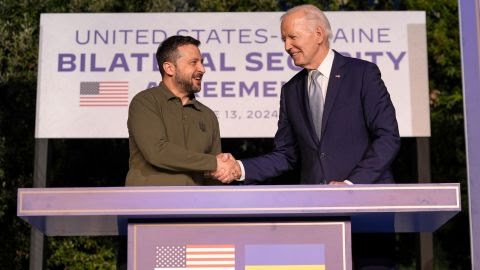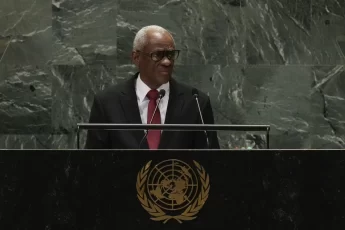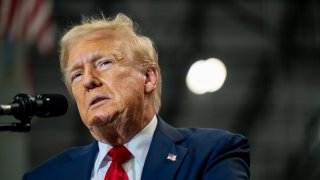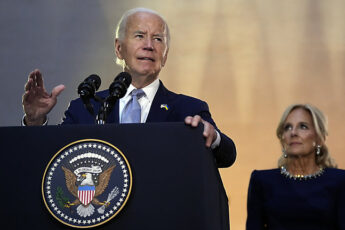As President Joe Biden and the leaders of the Group of Seven (G7) convene on the picturesque coast of Italy this week, the stakes are high. The urgency to reinforce and sustain support for Ukraine is palpable, driven by the geopolitical turbulence caused by Russia’s invasion and the specter of a potential shift in U.S. foreign policy with the upcoming presidential election in November.
A Pivotal Gathering Amid Uncertainty
The G7 summit, traditionally a forum for the world’s leading democracies to address global economic challenges, has taken on a new dimension. The prospect of Donald Trump returning to the White House looms large over the discussions. Trump’s previous tenure was marked by unpredictable foreign policies and a less confrontational stance towards Russia, which has raised concerns among Western allies about the continuity of U.S. support for Ukraine.
Biden and his counterparts from Canada, France, Germany, Italy, Japan, and the United Kingdom are acutely aware that their commitment to Ukraine must be unequivocal and robust. This summit aims to cement that support, not only through immediate aid but by laying the groundwork for a sustained and long-term partnership.
Ensuring Long-term Stability and Support
The G7 leaders are expected to roll out a comprehensive package designed to bolster Ukraine’s resilience against Russian aggression. This includes military aid, economic assistance, and humanitarian support. The intention is clear: to ensure Ukraine can withstand and eventually repel the invasion, regardless of the political shifts in member countries.
Biden’s administration has been a cornerstone of Western support for Ukraine, orchestrating significant military and financial aid packages. The U.S. has supplied advanced weaponry, training, and intelligence that have been crucial in Ukraine’s defense. However, Biden’s efforts are part of a broader, coordinated G7 strategy to unify and amplify support.
The Biden-Trump Dichotomy
Trump’s potential return to power brings a contrasting vision. His “America First” policy often translated into a more isolationist stance, raising doubts about his commitment to NATO and the Western alliance. During his presidency, Trump was criticized for his leniency towards Vladimir Putin, which led to concerns about the U.S.’s dedication to countering Russian expansionism.
Biden and G7 leaders are moving swiftly to mitigate any potential disruption. By accelerating aid and solidifying long-term commitments now, they aim to create a scenario where the groundwork laid would be difficult to unravel, even with a change in U.S. leadership. The strategy is to embed support mechanisms within international frameworks and agreements, making it a collective effort rather than one dependent on a single nation’s administration.
Broadening the Alliance
Part of the G7’s strategy is to engage with other nations and international bodies to expand the coalition supporting Ukraine. Efforts are being made to involve countries beyond the G7, including EU members, NATO allies, and even nations from other regions that have a stake in global stability and the rule of law.
This broader approach seeks to distribute the burden of support more evenly and reduce dependency on any single nation. It also sends a powerful message to Russia about the unified global front it faces.
Conclusion
The G7 summit on Italy’s coast is more than a gathering of world leaders; it is a decisive moment in the geopolitical landscape shaped by Russia’s war in Ukraine and the looming U.S. election. Biden and his G7 counterparts are racing against time to ensure that their support for Ukraine is ironclad and enduring, capable of withstanding political changes and ensuring that Ukraine remains resilient and sovereign. Their actions this week will have far-reaching implications, potentially setting the stage for the future of international support for Ukraine, no matter who occupies the Oval Office next year.






